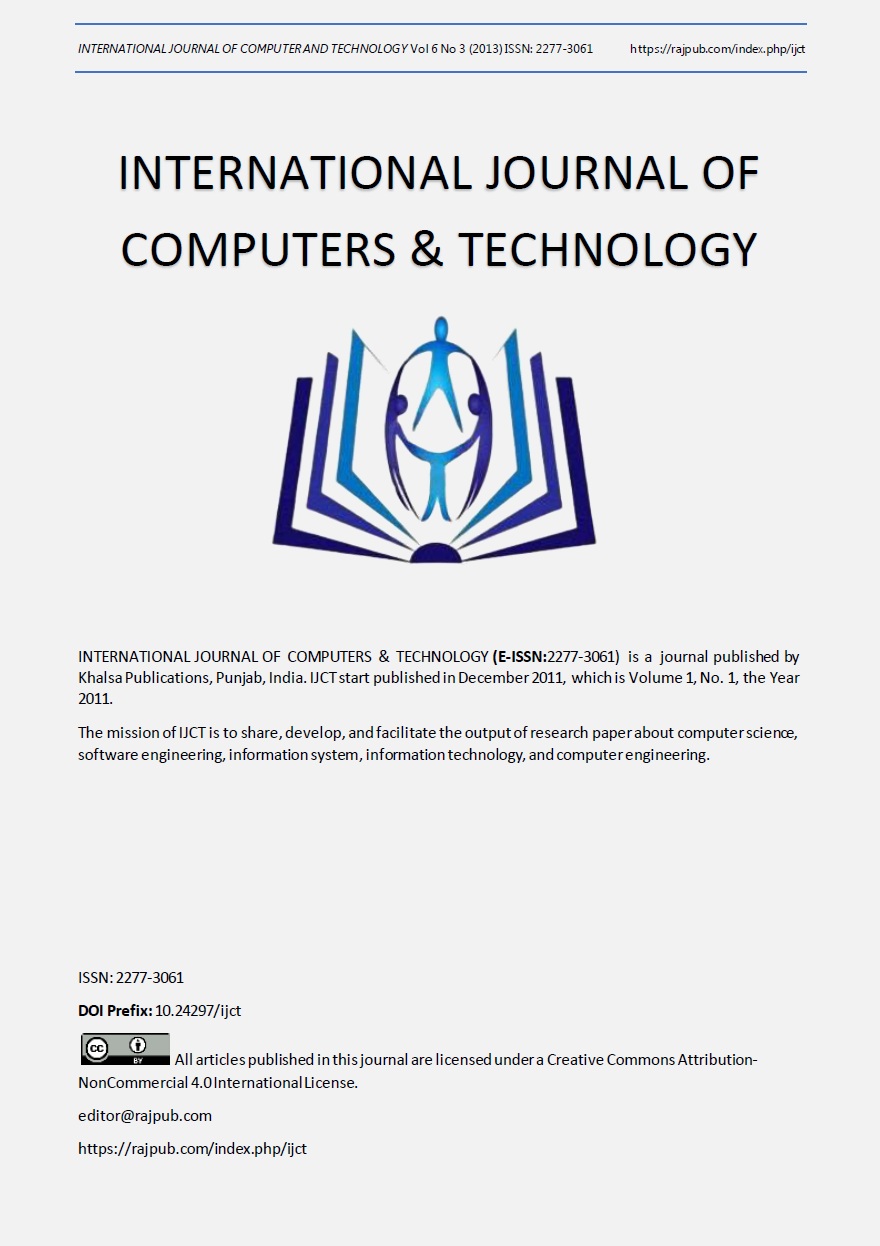A Preview on Subspace Clustering of High Dimensional Data
DOI:
https://doi.org/10.24297/ijct.v6i3.4466Keywords:
Challenges, clustering survey, gene expression data, high dimensional data, issues, subspace clusteringAbstract
When clustering high dimensional data, traditional clustering methods are found to be lacking since they consider all of the dimensions of the dataset in discovering clusters whereas only some of the dimensions are relevant. This may give rise to subspaces within the dataset where clusters may be found. Using feature selection, we can remove irrelevant and redundant dimensions by analyzing the entire dataset. The problem of automatically identifying clusters that exist in multiple and maybe overlapping subspaces of high dimensional data, allowing better clustering of the data points, is known as Subspace Clustering. There are two major approaches to subspace clustering based on search strategy. Top-down algorithms find an initial clustering in the full set of dimensions and evaluate the subspaces of each cluster, iteratively improving the results. Bottom-up approaches start from finding low dimensional dense regions, and then use them to form clusters. Based on a survey on subspace clustering, we identify the challenges and issues involved with clustering gene expression data.









